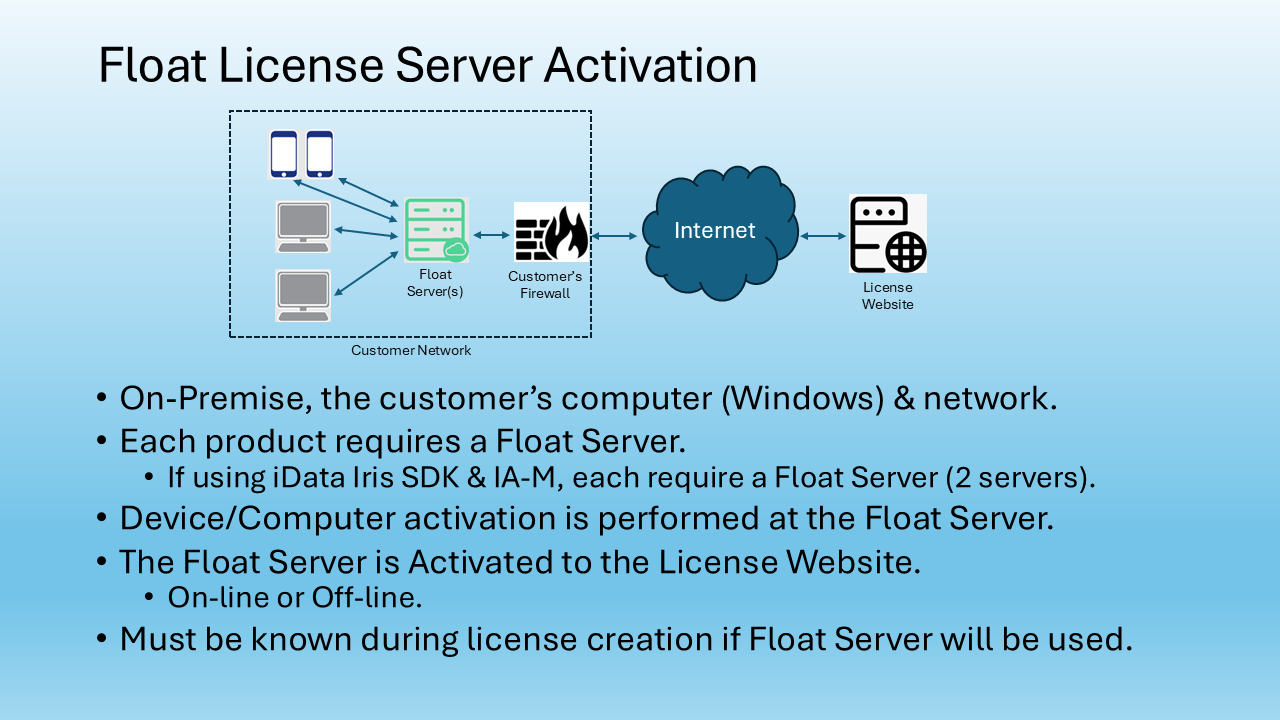Current & Future Use
The versatility of iris technology lends itself to virtually any application where identity authentication is required to enhance security, ensure service, eliminate fraud or maximize convenience.
Today
While the most common use of iris recognition to date is physical access control in private enterprise and government, the versatility of the technology will lead to its growing use in large sectors of the economy such as transportation, healthcare, and national identification programs. Although security is clearly a prime concern, iris recognition is also being adopted for productivity-enhancing applications like time and attendance.
Tomorrow
Enterprise and government both acknowledge the convergence of physical and information security environments, but there are new security challenges on the horizon – just-in-time inventory control, sophisticated supply chain management, and even a phenomenon called “coopetition”-in which companies that compete in some areas, cooperate in others.
Managing this convergence of physical and information security requirements now drives security system architecture design and implementation, and is an increasingly key factor in biometric technology selection. Managing convergence will only become a more complex task because as the IT and communications becomes increasingly wireless, the need for robust identity management will become more acute.
Iris ID sees iris technology as a natural “fit” for in the physical, infosec, and wireless arenas. We envision a day when iris recognition technology will be deployed in ways that eliminate fraud, provide non-repudiation of sales, authenticate funds transfers, provide signature verification, credit card authorization, and authorized access to healthcare records, intellectual property, and so much more.
This growing need, as well as Iris ID competence in iris technology, coupled with core interests in IT and wireless, provides the impetus for design efforts for the future – and makes Iris ID the one to watch for new developments in identity management tomorrow and beyond.

